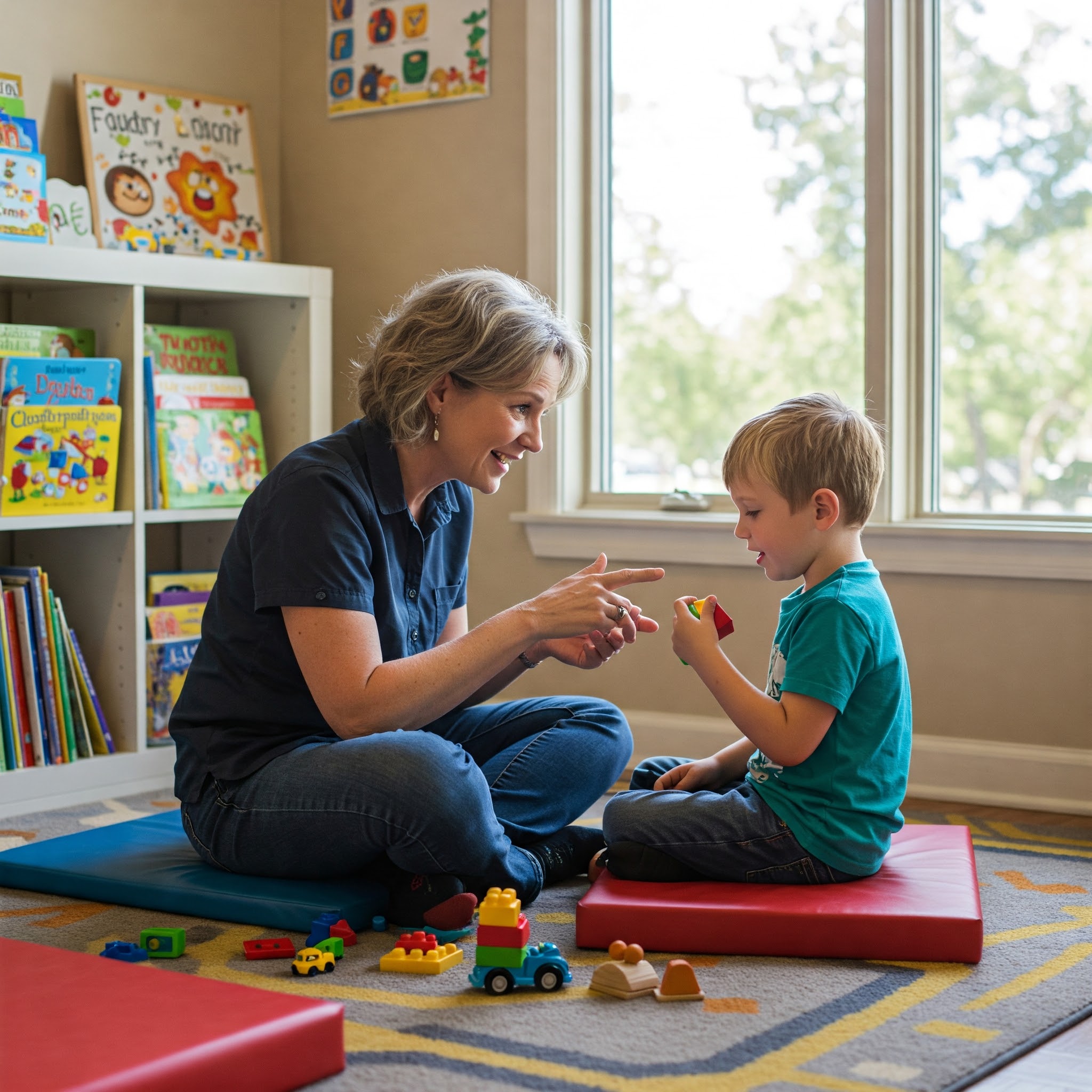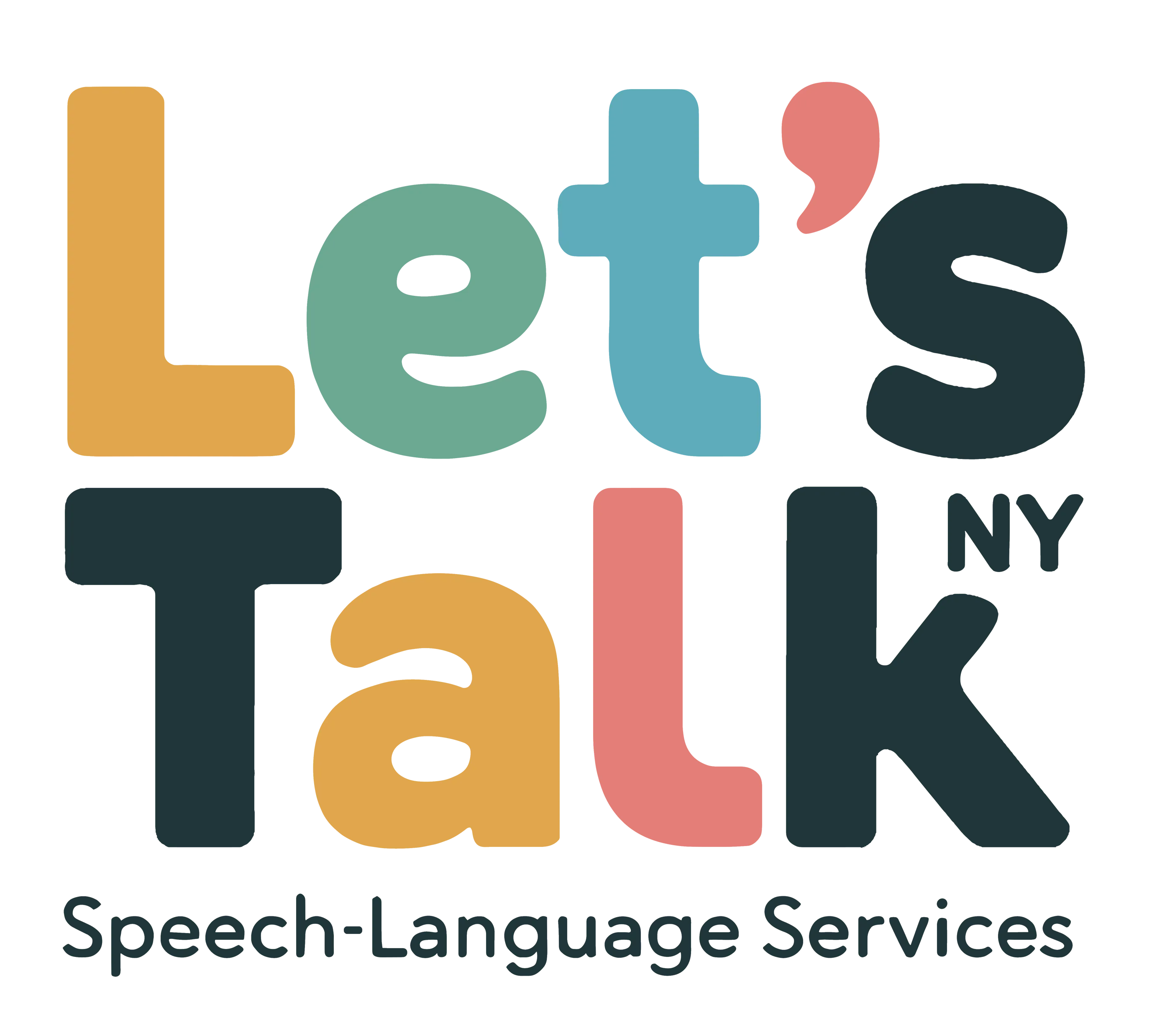Understanding Your Child's Speech Therapy Journey

A Parent’s Guide from Let’s Talk NY, Speech-Language Services, PLLC
Welcome to Speech Therapy!
Starting speech therapy is an important step in supporting your child’s communication development. This guide will help you understand what to expect and how you can be an active participant in your child’s journey.
What Happens in Speech Therapy?
Assessment
First, I’ll get to know your child through:
- Observing their current communication skills
- Playing and interacting with them
- Reviewing their developmental history
- Understanding your concerns and goals
- Conducting appropriate evaluations
Goal Setting
Together, we’ll create goals that are:
- Meaningful for your child
- Realistic and achievable
- Important for daily life
- Measurable to track progress
Therapy Sessions
Each session is tailored to your child and might include:
- Play-based activities
- Structured practice
- Games and fun exercises
- Activities that build on their interests
- Strategies for home practice
Your Role as a Parent
During Sessions
- Observe treatment sessions
- Learn strategies to use at home
- Ask questions
- Share your observations
- Celebrate progress
At Home
- Practice recommended activities
- Use strategies in daily routines
- Notice and encourage attempts
- Create communication opportunities
- Stay consistent with practice
Tips for Success
- Be patient - progress takes time
- Celebrate small victories
- Keep communication fun
- Use everyday moments for practice
- Share your questions and concerns
Signs of Progress
Look for:
- Increased attempts to communicate
- Better frustration management
- New sounds or words
- More confidence
- Improved interactions
Remember
- Every child progresses at their own pace
- Consistency is key
- Communication should be fun
- You are your child’s best advocate
References:
- Gaffney, T., Newbury, J., Sutherland, D., & Macrae, T. (2023). Speech-language pathologists’ practices and perceptions of parent involvement in paediatric services funded by the NDIS in Australia. International Journal of Speech-Language Pathology, 26(6), 890–901. https://doi.org/10.1080/17549507.2023.2281222
- Justice, L. M., & Redle, E. E. (2013). Communication Sciences and Disorders: A Clinical Evidence-Based Approach.
- Paul, R., & Norbury, C. F. (2012). Language Disorders from Infancy through Adolescence.
